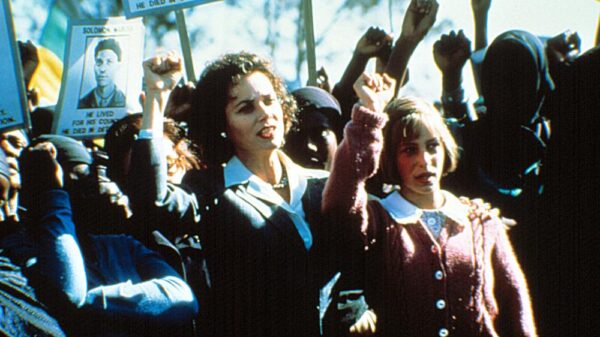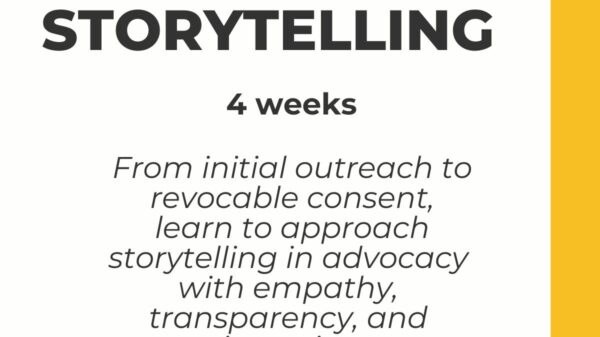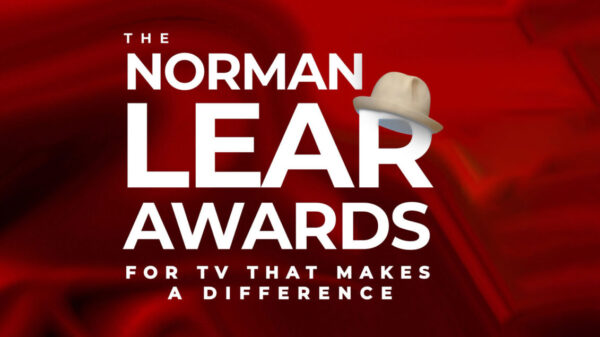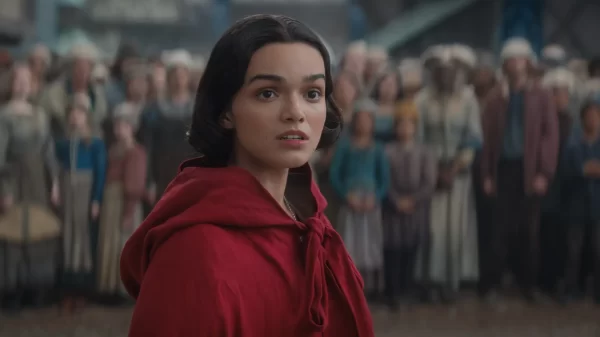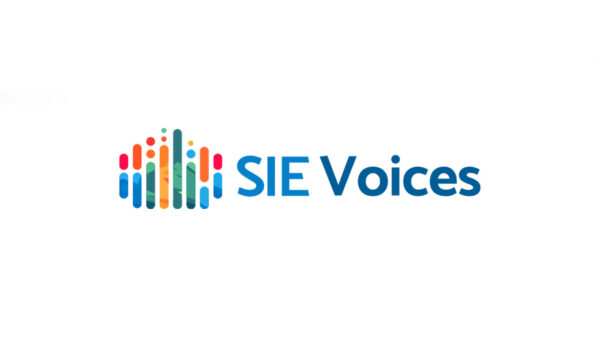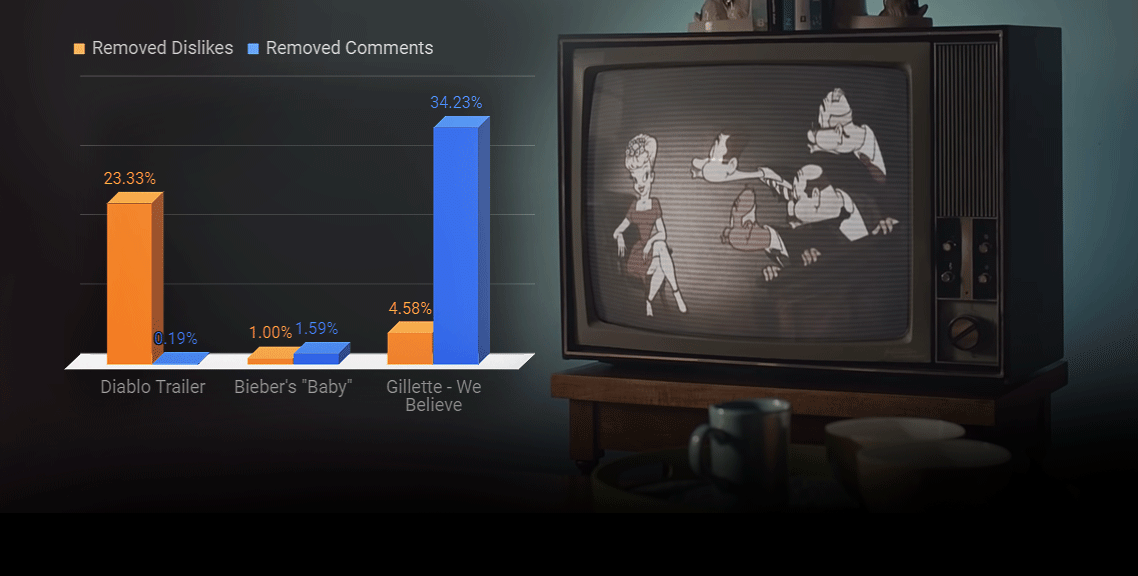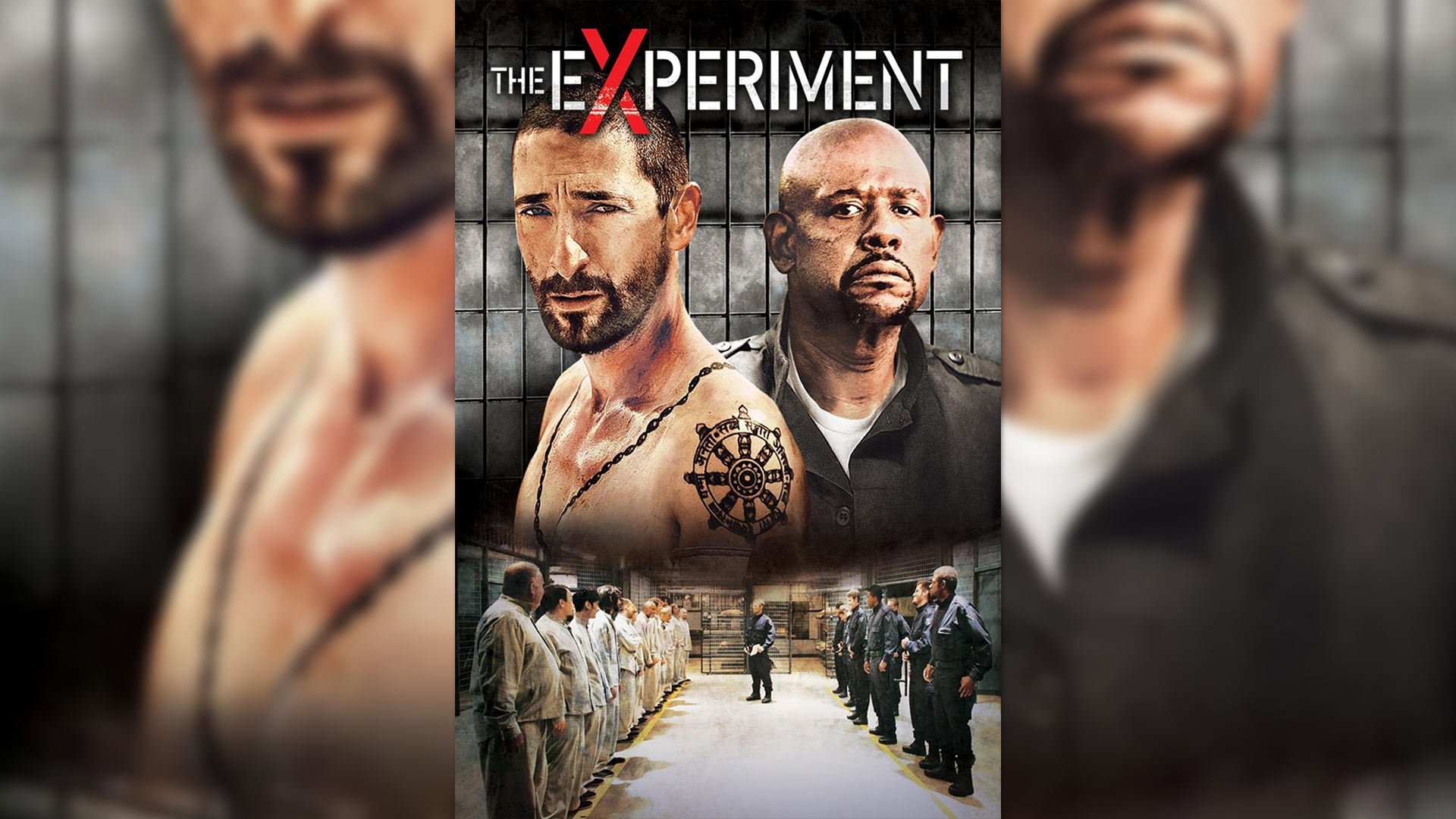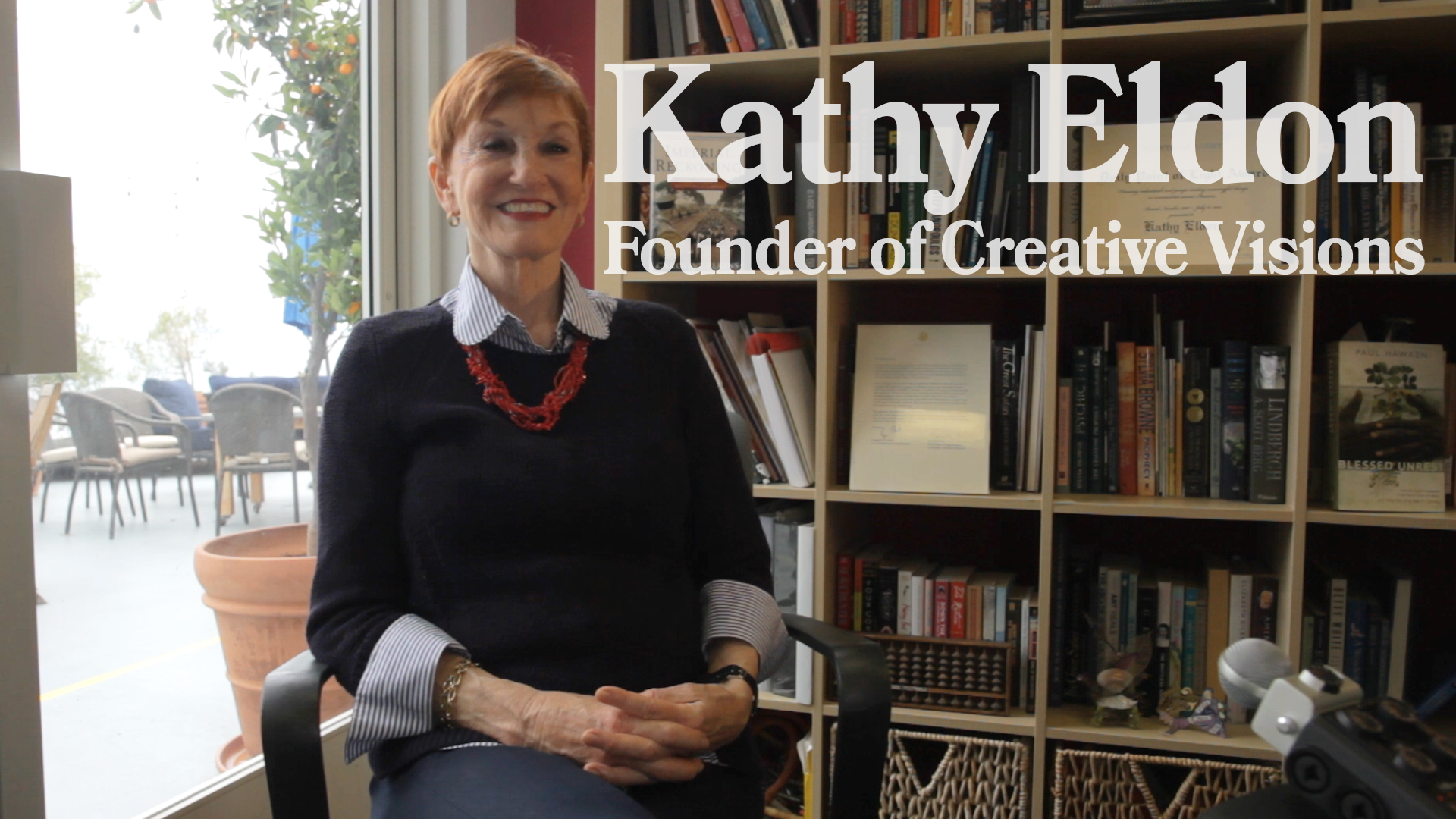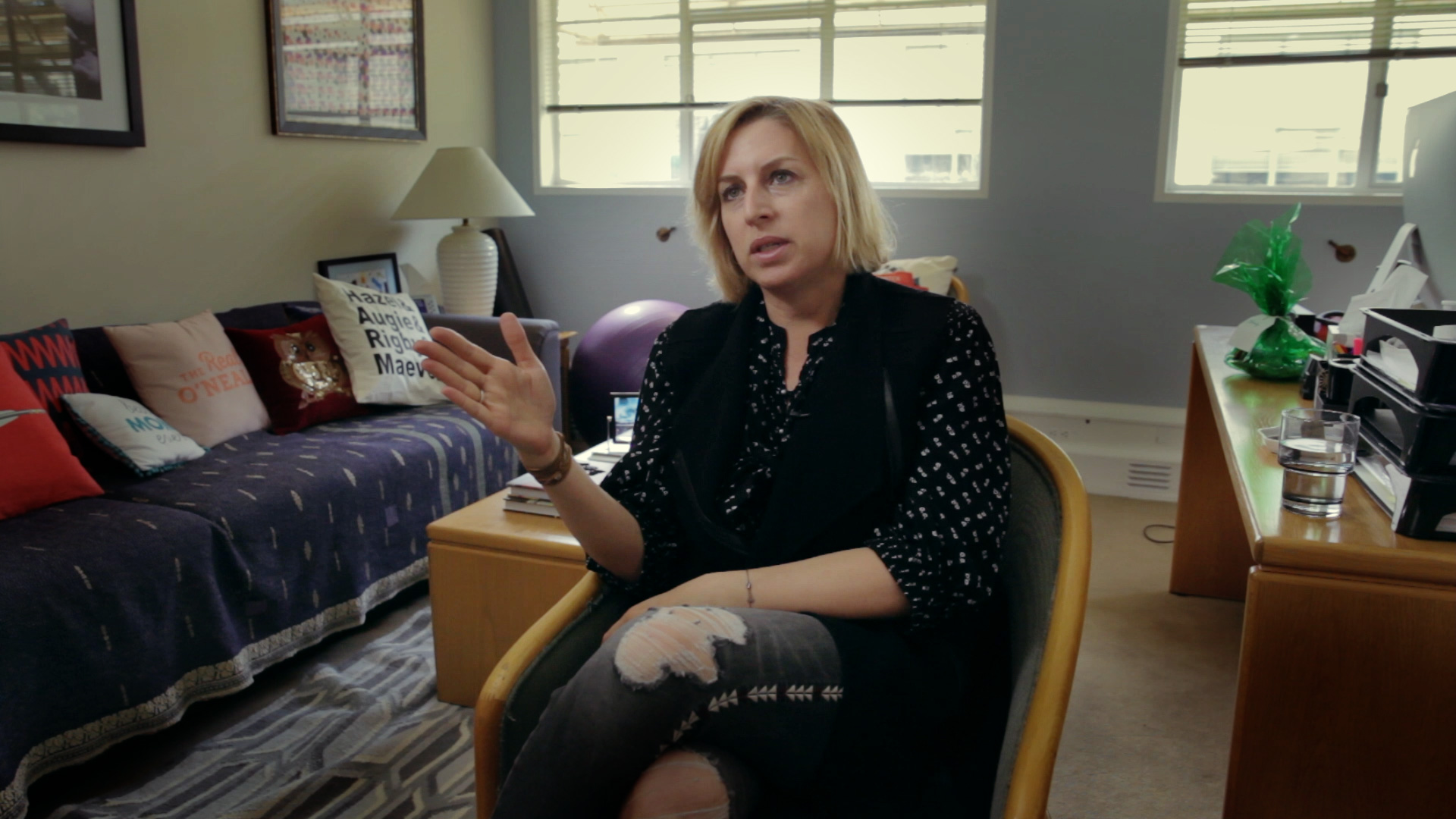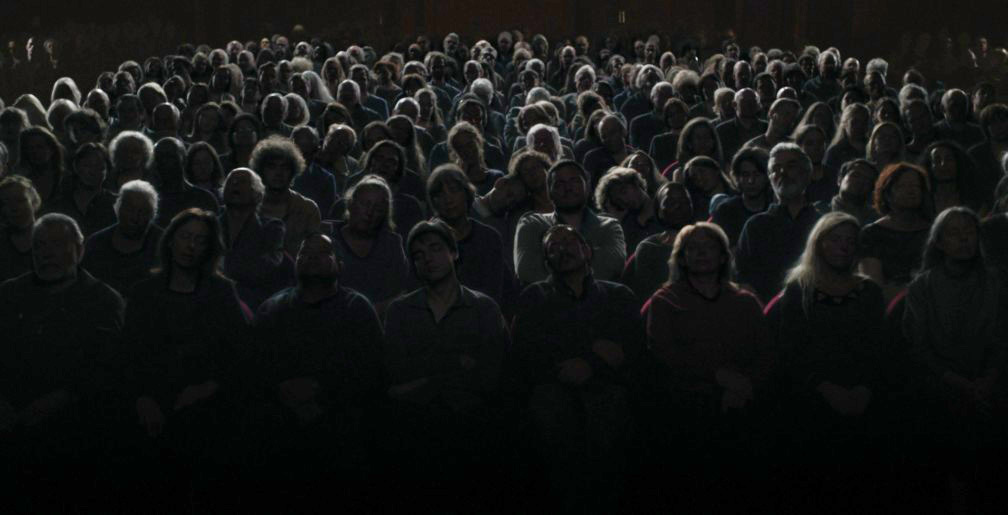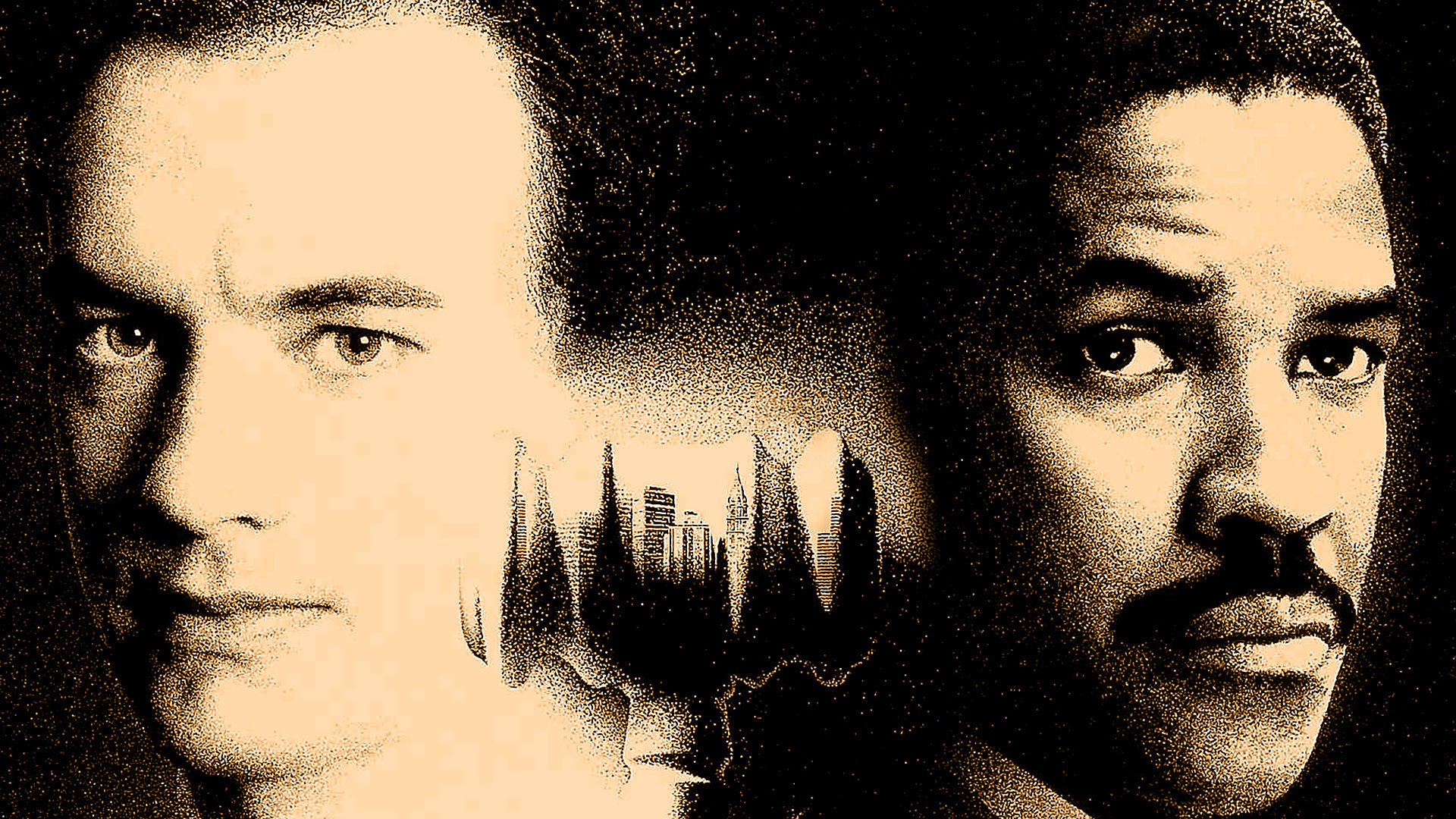As filmmakers, our greatest hurdle is money. How much? What’s the budget? Can we cut things from the script to make it more feasible? Money is the number one motivator in filmmaking, and like the script it can be just as important, because without either, there is no movie. With the rise of social media, sites like Twitter, Kickstarter, and Facebook are re-shaping the way we make films and opening the doors to a more democratic form of filmmaking. The digital age has given us new tools and new perspectives in the way we produce, shoot, and market our films. With these new methods though, come the unknown effects to industry. Effects that are already starting to shape how we finance and distribute not just indy/art house films, but Hollywood/commercial films too. But in trying to look at the future of one industry, sometimes it’s best to look at the past of another that went through it’s own shift. In this case: Music.
From the rise of the burnable CD to the early controversy over Napster, the music industry has seen its battle with not only piracy but with self-distribution and promotion for several decades. The rise of indy record labels is nothing new to the landscape of music that was once marginalized. Their fight to stay independent and free from the clutches of the large corporate rock labels has had it’s many small victories, and in doing so much of the industry has become self-sustained for the last decade. It’s also no coincidence that the rise in vinyl sales has come during the flourishing of independent labels. Now, more then ever, bands are accessible through their own websites, Twitter, Spotify, iTunes, youtube, and a plethora of other social media sites. From free secret show announcements to limited addition vinyl packs that include the digital download, these forms of connectivity and gimmicky sales have allowed for fan bases and audiences to feel more a part of the artists lives and a part of their music then ever before. And film too, seems destined of heading down that same road of social transparency and connectivity.
As a filmmaker, this question of funding has been on my mind for a while now. How will I get my films financed? Especially when here in the States there is no government funding for film like other countries have. So how will it be possible? In Ted Hope’s new book, “Hope For Film” he breaks down what he believes is the future of film producing, which lies somewhere in between mass appeal and followers. For him, the audience-following a filmmaker has over Twitter, youtube, Facebook, and Vimeo could account for the marketability of a film. No longer will the idea of pitching to a CEO at Sony be how a film gets made, or the reliance of cliquey film festivals who take care of their own, be-the-end-all-and-be-all of film distribution. Instead the market will rely on the sway a filmmaker has on the internet, with social networking sites and how many “friends” and/or “likes” she/he may have. From post-production to VOD, iTunes, or big screen alike. But this is not to say that these new avenues are without its own pitfalls. There are many problems with this idea, starting with it still leaves the first time filmmaker at a disadvantage. But the positive is that the conversation has been started.
With the likes of Kevin Smith and Shane Carruth, self-promotion and distribution has been seen to work on a small to mid-size scale. They have started the next step that shows film can exist and survive without the addictive needle of the studios or corporate financiers. For his film “Red State”, Kevin Smith went out and promoted his films city-to-city and from theater-to-theater. Carruth not only produced, shot, and edited his film “Upstream Color” but he sold it on iTunes and VOD on the same day that it hit the Los Angeles and New York markets. These filmmakers have done what musicians have been doing for decades. Instead trading in music equipment for hard-drives. They are both filmmakers that have grown in popularity and have a steady following over the internet whether through podcasts or a website to follow along with. They have used their marketability via a virtual fan base to sustain their product/art. But this is only one way to borrow from what indy music and the music industry in general has now wised up to over the last decade.
One other method which has been perfected by musicians has been merchandising. Limited edition box set, vinyls, hoodies, jean jackets, posters, along with pins, stickers, and beer cozies, you name it. Merchandising has been the bread and butter of bands for years. So what’s stopping independent filmmakers from doing the same thing? In a time where immediacy and impatience rules filmmakers should take note. And some have started to. The Alamo Drafthouse in Texas in particular, has partnered multiple times with the artist collective known as Mondo, promoting one-off posters for new films or for second showing cult films. Carruth had a special edition blu-ray available a few weeks after the release of “Upstream Color”, as well as the digital download version and posters. These are just a few examples of what the future holds for both Independent film and Hollywood power-houses.
With this new way of branding through technology and media, the film industry is coming to the same peak that the music industry saw and then climbed over a decade ago and only now has begun to stabilize. The large studios systems in music have lost a good portion of their strength to out-bid smaller labels due in part to how social networking has directed communication from artist to fan. The social media revolution has helped usher in indy labels and their ability to build their artistic community of musicians and its fan base, and allowed for the artist to retain its power through means of transparency, communication, and access.
Now as the film industry begins its shift towards its new era of filmmaking, the opportunity for smaller companies to compete and help up-and-coming filmmakers get their art from page to screen is now more a reality then ever before. With this new shift in our industry what we can learn from the world of music and the filmmakers that have started to adapt their methods, is that it is possible for artist and business to be on the same page and invest in the same common interest which is the greater good of our beloved art form, as well as a more nurturing community for the filmmakers in it.


